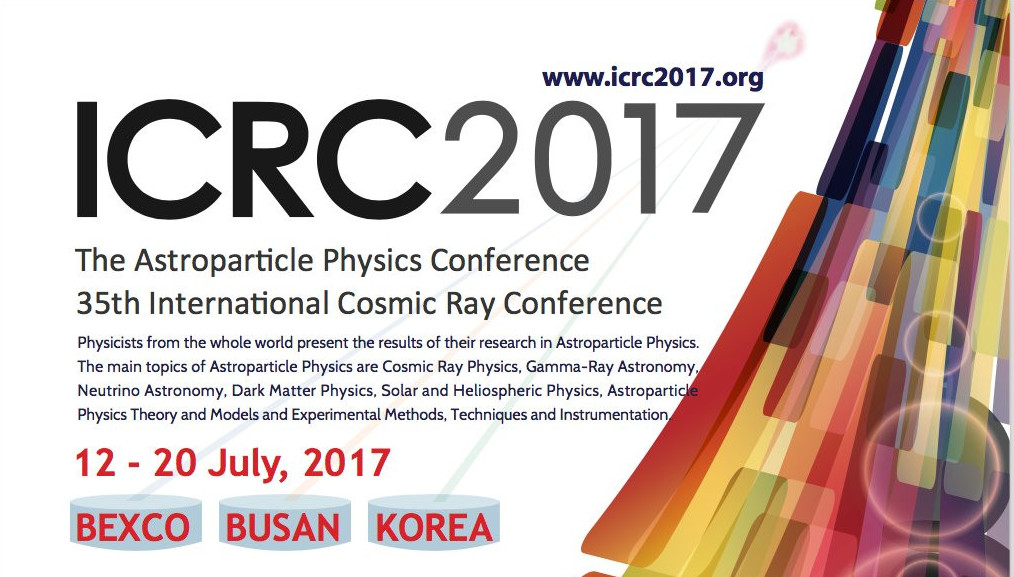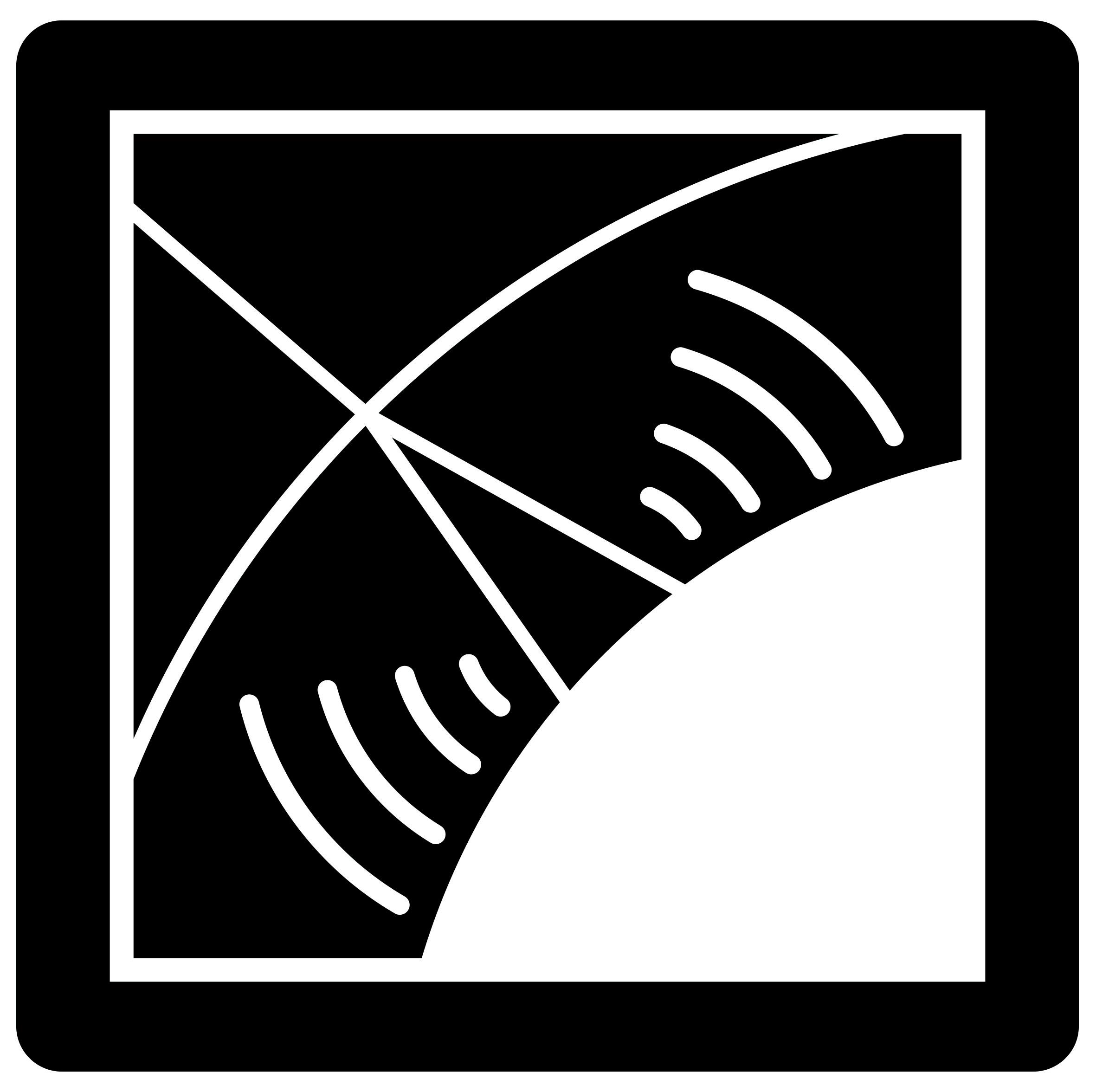Antony Escudie defended his thesis on the 27th of September 2019 on the following subject : From the observation of UHECR radio signal in [1-200] MHz to the composition with the CODALEMA and EXTASIS experiments. Antony was the principal investigator of the EXTASIS project and his work covers both the instrumental and scientific developments. A large fraction of his thesis was dedicated to the analysis of the CODALEMA data. The summary of his document is the following :
Our contributions to the 36th International Cosmic Ray Conference, Madison, WI, U.S.A. (July 24th - August 1st, 2019).
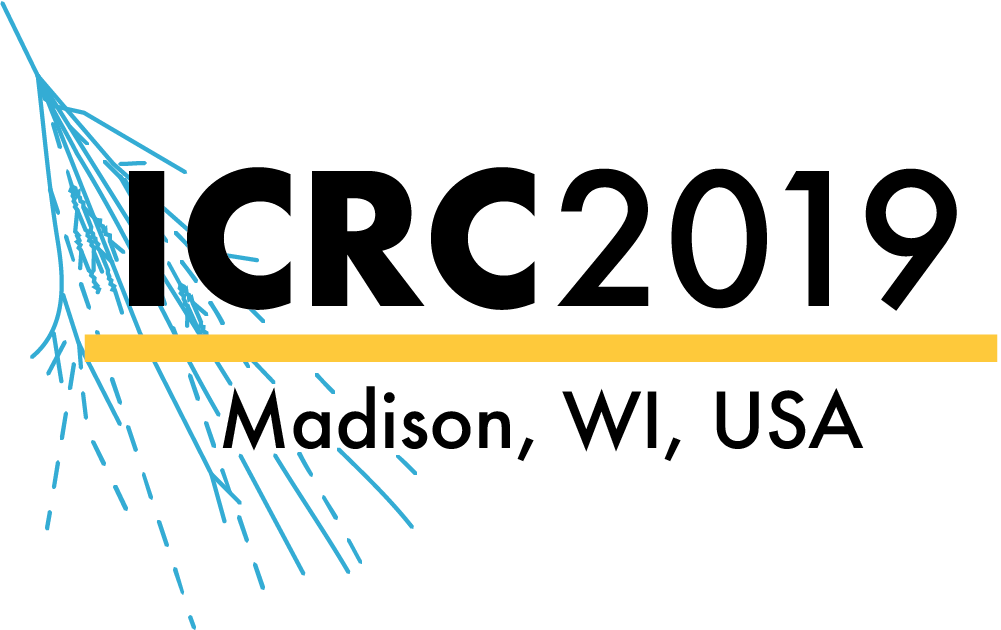
Since 2003, significant efforts have been devoted to the understanding of the radio emission of extensive air showers above 20 MHz. Despite some studies led until the early nineties, the band available below 20 MHz has remained unused for 20 years.
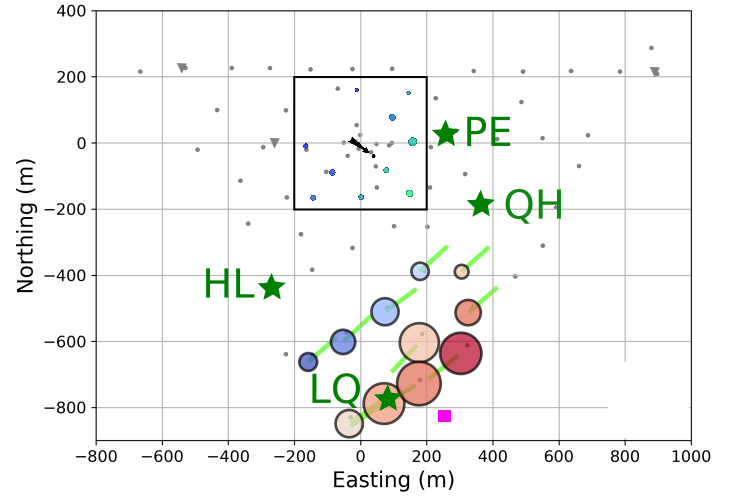
Our contributions at the Journées Scientifiques of the Union Radio-Scientifique Internationale - Approcher les deux infinis par les ondes électromagnétiques (URSI-fr 2019), Observatoire de Versailles, Saint-Quentin en Yvelines, France (26-27 March, 2019)
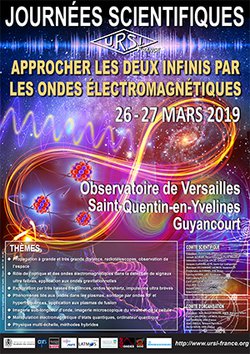
Our contributions at Ultra High Energy Cosmic Rays 2018 (UHECR 2018), Paris, France (08-12 October)

Our contributions at the TeV Particle Astrophysics conference (TeVPA 2018), Berlin, Germany (27–31 August)
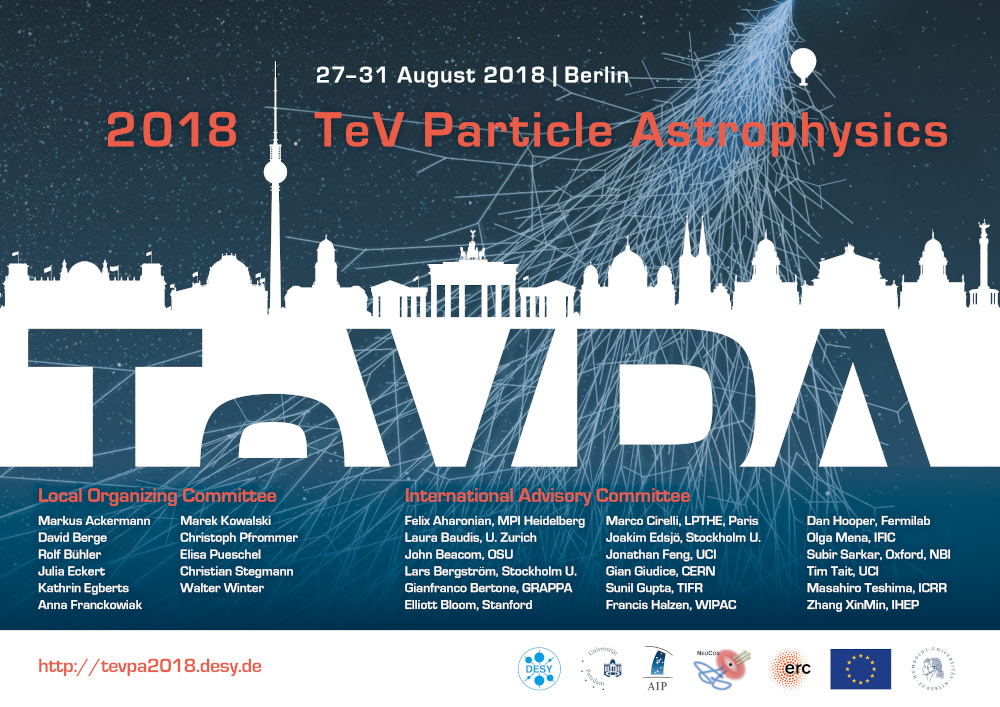
The radio technique for the detection of high-energy cosmic rays consists in measuring the electric field created by the particle showers created inside a medium by the primary cosmic ray. The electric field is then used to infer the properties of the primary particle.
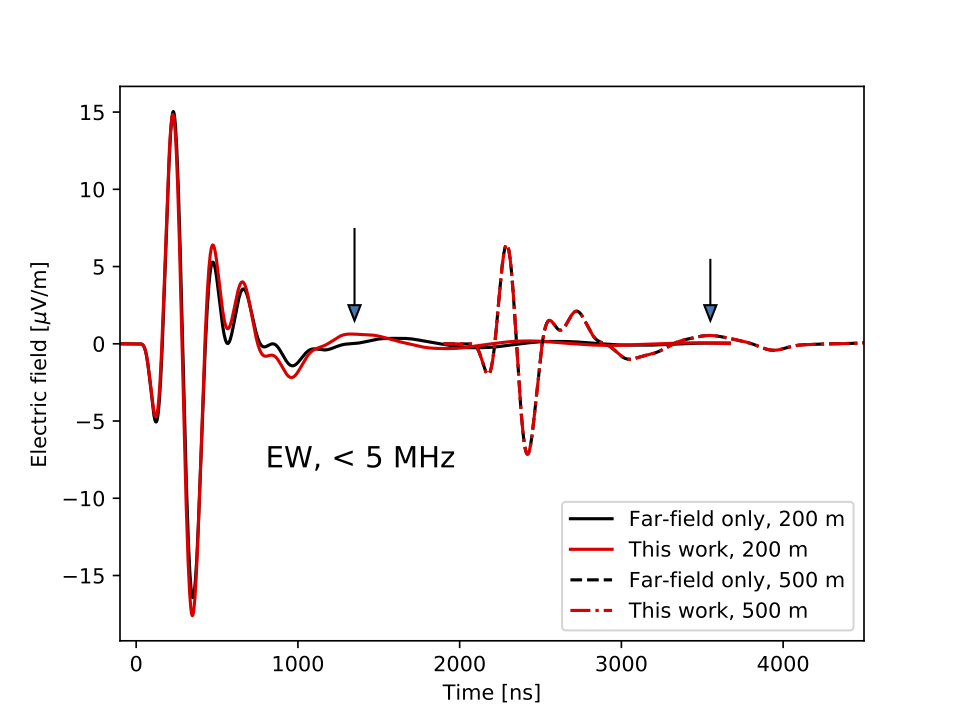
Our contributions at the Workshop of the French cosmic ray research community (CFRCos)PARIS, France (26 - 28 March 2018)

Our contributions to the 35th International Cosmic Ray Conference, BUSAN, KOREA (July 12th - 20th, 2017).
